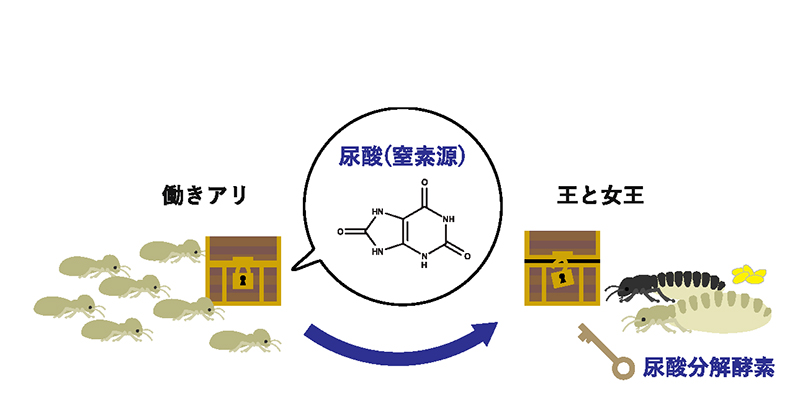2023-03-21 インペリアル・カレッジ・ロンドン(ICL)
◆研究では、DMTを投与された20人の被験者の脳を詳細に撮影し、トリップ中の脳活動の変化を調べることができた。結果、脳領域間の活動に変化が生じ、特に想像力などの高次の人間特有の機能に関連する脳領域で顕著な変化が観察された。この研究は、DMTや幻覚剤が高次の脳システムを乱し、その効果を発揮することを示す証拠である。
◆学術誌PNASに掲載された。DMTは植物や動物に自然に存在する強力な幻覚物質で、人体に微量存在し、南米や中央アメリカで式典に使用されるヤジェの主要な心理活性物質である。
<関連情報>
- https://www.imperial.ac.uk/news/243893/advanced-brain-imaging-study-hints-dmt/
- https://www.pnas.org/doi/full/10.1073/pnas.2218949120
脳波-fMRIによるDMTのヒト脳内作用の評価 Human brain effects of DMT assessed via EEG-fMRI
Christopher Timmermann,Leor Roseman,Sharad Haridas,Fernando E. Rosas,Lisa Luan,Hannes Kettner,Jonny Martell,David Erritzoe ,Enzo Tagliazucchi,Carla Pallavicini,Manesh Girn,Andrea Alamia,Robert Leech,David J. Nutt,Robin L. Carhart-Harris
Proceedings of the National Academy of Sciences Published:March 20, 2023
DOI:https://doi.org/10.1073/pnas.2218949120

Significance
This placebo-controlled multimodal [functional MRI-electroencephalography (fMRI-EEG)] human neuroimaging study offers the most comprehensive view of the acute brain action of psychedelics to date. It assessed N,N-Dimethyltryptamine (DMT), a psychedelic that generates immersive altered conscious experience with no diminishment of wakefulness. Global hyperconnectivity, collapsed hierarchical organization and reduced intranetwork integrity, was observed (fMRI) that correlated with decreased alpha power and increased entropy (EEG). Regions with the densest expression of serotonin 2A receptors as determined via independent positron emission tomography (PET) data, were most affected by DMT, and overlapped with regions related to evolved cognitive functions such as language and semantic processing. These results support the notion that psychedelics impact a principal axis of brain organization, and relatedly, the quality of human conscious experience.
Abstract
Psychedelics have attracted medical interest, but their effects on human brain function are incompletely understood. In a comprehensive, within-subjects, placebo-controlled design, we acquired multimodal neuroimaging [i.e., EEG-fMRI (electroencephalography-functional MRI)] data to assess the effects of intravenous (IV) N,N-Dimethyltryptamine (DMT) on brain function in 20 healthy volunteers. Simultaneous EEG-fMRI was acquired prior to, during, and after a bolus IV administration of 20 mg DMT, and, separately, placebo. At dosages consistent with the present study, DMT, a serotonin 2A receptor (5-HT2AR) agonist, induces a deeply immersive and radically altered state of consciousness. DMT is thus a useful research tool for probing the neural correlates of conscious experience. Here, fMRI results revealed robust increases in global functional connectivity (GFC), network disintegration and desegregation, and a compression of the principal cortical gradient under DMT. GFC × subjective intensity maps correlated with independent positron emission tomography (PET)-derived 5-HT2AR maps, and both overlapped with meta-analytical data implying human-specific psychological functions. Changes in major EEG-measured neurophysiological properties correlated with specific changes in various fMRI metrics, enriching our understanding of the neural basis of DMT’s effects. The present findings advance on previous work by confirming a predominant action of DMT—and likely other 5-HT2AR agonist psychedelics—on the brain’s transmodal association pole, i.e., the neurodevelopmentally and evolutionarily recent cortex that is associated with species-specific psychological advancements, and high expression of 5-HT2A receptors.



